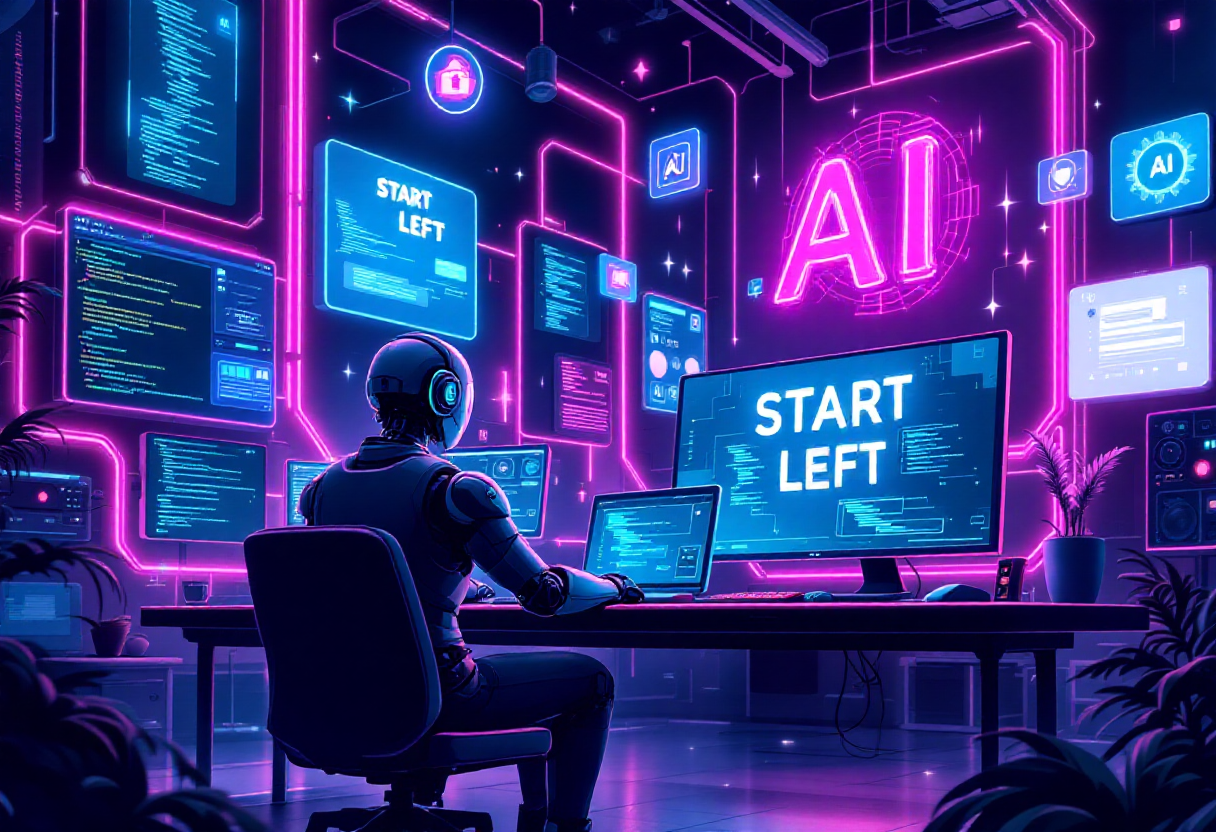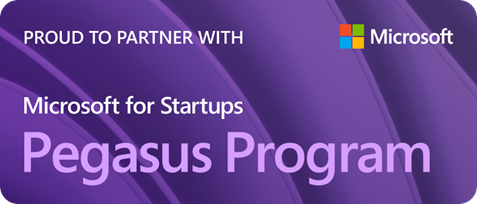Beyond Cloud Security & Application Security: Why Product Security is the Real Business Imperative
Start Left® Security centers product security as the heart of true business risk management.

The True Focus of Security: Protecting the Product to Protect the Business
Today, security conversations often center around broad terms like “cloud security” or “application security” (AppSec). While these areas are crucial, they tend to fall short when viewed in isolation. The real risk isn’t just in the cloud or in code—it's the entire products themselves and their ecosystems of people, code, tools, and infrastructure. Without the integrity of the product, the business itself is at risk.
Think of it this way: The product is the face, function, and financial backbone of a company. It’s the engine of growth, innovation, and customer trust. A single vulnerability in that product, whether it be in the app, infrastructure, or codebase, has the potential to compromise the entire business. Cloud security and AppSec are just components; without the cohesive view of how they impact and safeguard the product, you’re not managing the core risk.
Why Product Security is Business Security
Product security is about understanding the product's entire lifecycle and all the stakeholders involved. It’s about recognizing that security breaches, data leaks, or functional failures in the product aren’t just IT issues—they’re business liabilities. With Start Left® Security's platform, we build this product-centric approach from the ground up by integrating every security component into one view, providing:
1. Contextualized Security Insights: Instead of scattered cloud and app alerts, Start Left® Security unifies them, tying every security detail back to the product and what that means for the business. This context allows us to prioritize and address risks that truly matter to the organization’s bottom line.
2. Product-Centric Risk Scoring (Assurance Score): Start Left®’s Risk Assurance Score reflects the actual health of the product’s security posture. Rather than individual tool metrics, it provides a holistic assessment of product risks, including insider threats, team behavior, and security hygiene across all involved components—ultimately driving trust in the product and, by extension, in the brand itself.
3. Unified Security for Collaborative Defense: Our approach breaks down silos. It’s not about separate app security teams or DevOps alone; it’s about creating a unified security environment where every team involved in product development and deployment plays a part. With Start Left, we’re guiding teams to secure the entire lifecycle and hold accountability across the board, from CI/CD to code to cloud.
4. Future-Proofing with CISA and NIST Alignment: Regulatory requirements are evolving fast, demanding security programs that go beyond compliance and truly protect the user experience. Start Left® Security aligns with CISA’s Secure by Design and NIST’s Secure Software Development Framework (SSDF) to ensure products are resilient from development to production, meaning fewer crises for businesses down the line.
Why Start Left? It’s the Product That Matters
If the product isn’t secure, then the business isn’t secure. Cloud security and AppSec are enablers, but Start Left® Security’s platform pulls them into a single, product-focused approach that drives real business outcomes. By ensuring that every keystroke, commit, and release is aligned with the highest standards of security, Start Left® turns security from a necessary cost into a profit-driving force, allowing companies to innovate safely and grow with confidence.
This approach isn’t about covering bases in app and cloud security; it’s about securing what matters most—the product, the brand, and the business. Start Left® enables companies to move past fragmented security tools and see the whole picture, empowering leaders to make security a core value and a competitive advantage. When the product is secure, the business can confidently grow, innovate, and lead.
SHARE!
More Resources















